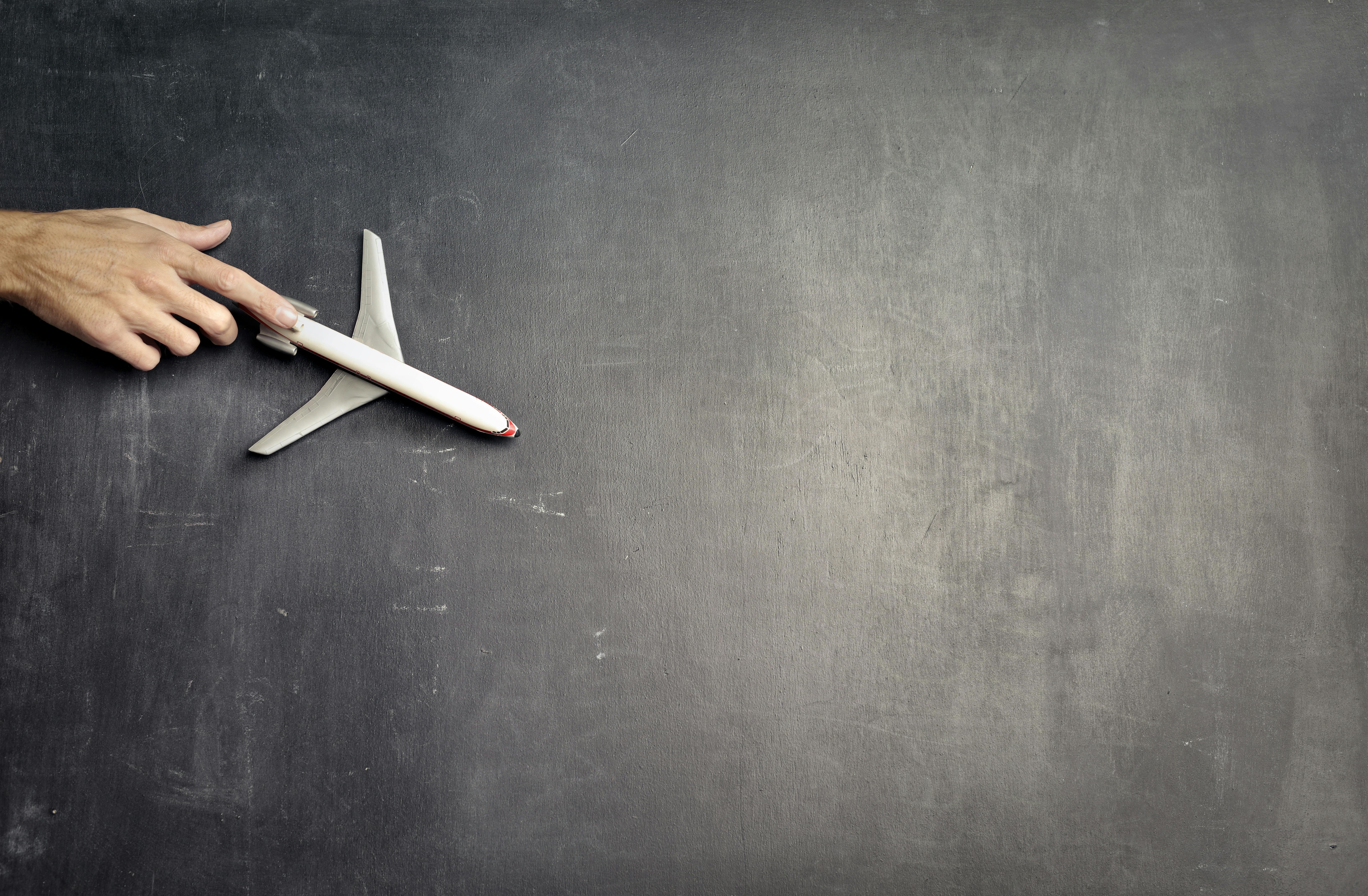You don’t have to go far to discover the origins of western clothing, whether you’re listening to tales from the Wild West, watching those old cowboy movies, or listening to country music stars. Western clothing derives its name from a unique style of clothing worn by men and women in the 19th century American West. It has undergone many changes since the early days of the Wild West with its open fields, wagon trains, cattle herding, and notorious outlaws. The clothing worn by western legends like Wyatt Earp, Billy the Kid, and Wild Bill Hickock is decidedly different from most Western fashions today, but it was this era that laid the foundation for the Western fashion we know and wear today. The cowboy style was a way of life throughout the western United States until the early 1900s.
Western clothing began along with those who became known as cowboys after the American Civil War. Texas ranchers had to find a market for their large excess cattle. Meanwhile, on the east coast, beef was scarce. Therefore, ranchers drove their cattle north to the nearest railroads, for example, Fort Worth, which became a major cattle shipping point in 1876. This prompted plans in 1887 for the construction of Union Stockyards. about two and a half miles north of the Tarrant County Courthouse. It became fully operational around 1889.
Mexican cowboys and Americans fleeing the law also made up large numbers of cowboys roaming the Wild West. The attractions of these early jeans used to be very simple and straightforward. Long pants made of canvas were tucked inside their cowboy boots, allowing them to hit several difficult trails before their jeans wore out. The shirts of the first jeans were generally made of cotton or wool, sometimes with simple pinstripes and no collar. These shirts were passed over their heads with buttons that only partially ran down the front of the shirt. A bandana was used to protect the cowboy’s neck from the elements while traveling on the trail, which was also used as a mask in dust storms and was used as a mask by outlaws during bank raids and robberies. A cowboy hat was very practical and was used for everything from protecting them from the sun to providing them with something to drink when they could find fresh water. This is how the name “Ten Gallon Hat” was supposedly born due to its ability to retain water.
The early days of Hollywood revived the spirit of the Old West, the cowboy lifestyle, and sparked a new interest in Western clothing across the country. Gene Autry, John Wayne and Roy Rogers lit up movie screens and a certain generation will never forget our television screens filled with popular Western series like Rawhide with Rowdy Yates (Clint Eastwood), Gunsmoke with Dennis Weaver as Chester and Bonanza with Little. Joe (Michael Landon) all dressed in western clothes.
Western clothing became prominent in pop culture during the 1960s, even the Beatles wore cowboy boots. Western clothing popularized around this time included cowboy hats, cowboy boots, and trendy jeans, as well as collared shirts with designs and patterns.
One of the most articulate Western garments is the custom work created by rodeo tailors like Nudie Cohn and Manuel, characterized by elaborate embroidery and rhinestone decoration. This type of western clothing, popularized by country music players, is the origin of the phrase rhinestone cowboy.
Nashville’s country music scene has kept an interest in the Western fashion industry and Western lifestyle, and its artists, with country stars like Garth Brooks, Tim McGraw and Dwight Yokam all sporting cowboy hats, cowboy boots and clothing. it greatly influenced western clothing today. Sandblasted jeans, distressed leather, and ultra-casual wear have become the frontier of modern western clothing; which has become popular with line dancing, western horse riding, and western fashion along with country music fans around the world. Classic Western clothing remains commonplace in American culture.
Some Western companies focus on maintaining the authenticity of cowboys at their events, to support re-enactments, staged events, movies, and theater. Western clothing ranges from accurate historical reproductions of pioneer, mountain, Civil War, cowboy and cowboy garments to stylized garments for show business.
